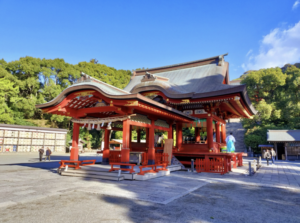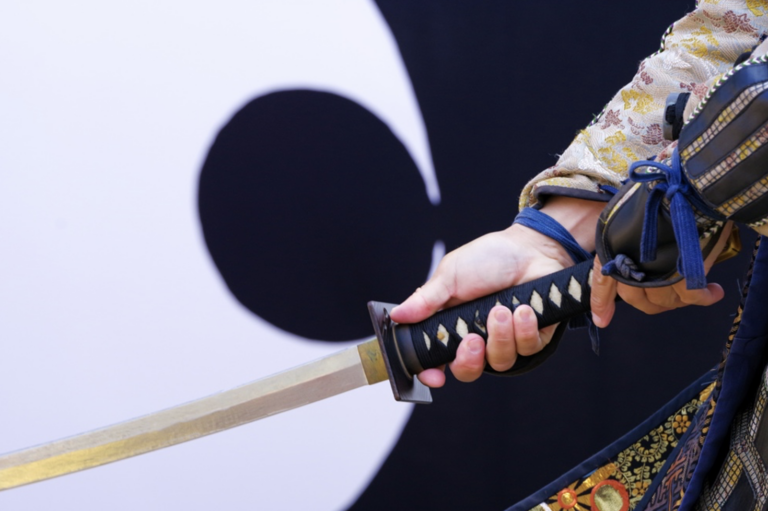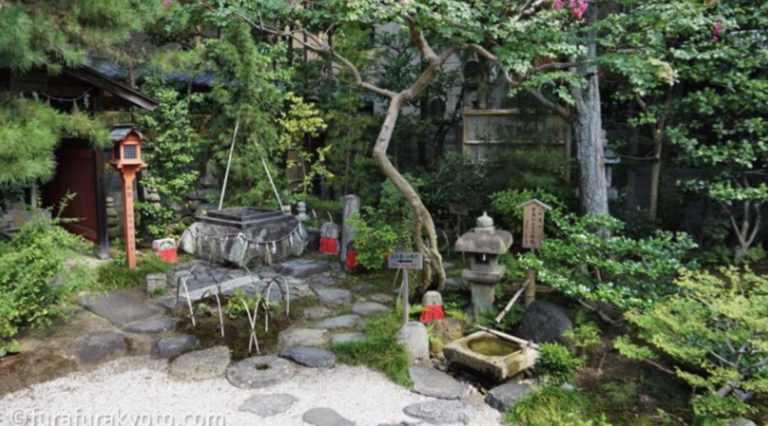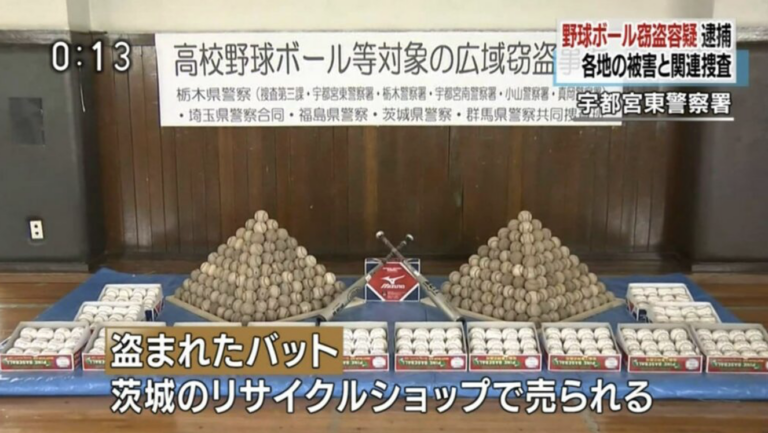More shrines than convenience stores in Japan. Why the prefecture with the most shrines is surprising.
A lot of people who go to Japan get the impression that there are many convenience stores. Most are open 24 hours a day, even in the middle of the night, and the selection is quite extensive these days, with food and drinks of course, but also underwear, smartphone chargers and ATMs available for use, which is very convenient.
Many people love bento from Japanese convenience stores, and they certainly are delicious. There are about 55,000 such convenience stores throughout Japan. They are so widespread that you can find them anywhere.
However, did you know that shrines outnumber them? More than 80,000 shrines exist in Japan. Left neglected because there is nobody to succeed them, many of them are forgotten about and it’s hard to grasp just how many there really are, but they number over 80,000, that’s for sure.
Here’s a little quiz:
Which prefecture has the most shrines? Is it Tokyo? Kyoto? Or…?
The answer is Niigata. There are 4,711 shrines there.
In 2nd place is Hyogo with 3867 shrines.
3rd: Fukuoka – 3419
4th: Aichi – 3358
5th: Gifu – 3288
Surprisingly, neither Tokyo nor Kyoto ranks high on the list!
Why are there so many shrines in Niigata?
There was usually a shrine in every village where people gathered. In other words, where there were many villages and people, there were many shrines. However, you probably don’t imagine a place like Niigata which gets heavy snow in winter being largely populated, do you?
After the Samurai era ended during the Meiji period, Niigata had the largest population in Japan. Niigata had 1.6 million people, Hyogo 1.5 million, and Aichi 1.4 million. So, it follows that the three most highly populated prefectures also had the most shrines.
At that time, Tokyo had a population of 1.3 million. The population distribution was completely different from that of today’s Japan.
Why did people gather in Niigata?
Niigata had a large port, so trade with foreign countries was prosperous. The top three are all famous as port cities for the same reason.
Once a large port is established and trade begins, major roads leading to each region of Japan are built. It is said that as the number of people coming and going increased, so did the number of shrines, because various local cultures and beliefs entered the area. It wasn’t simply that there were more people, but that there was a lot of interaction.
Niigata is the gateway to exchange with China and Russia. Hyogo is also a large port city. Fukuoka is a window to the Korean Peninsula. Aichi is a hub connecting the Kanto and Kansai regions.
In this way, the ranking may make sense.
Shrines were not integrated in Niigata
The Meiji government called on local governments to consolidate shrines in various regions to reduce the overabundance of shrines. However, this did not work out well for Niigata prefecture.
Niigata is famous for its rice. Since rice cultivation is greatly influenced by the weather, faith is closely linked to it. It seems that there are reasons unique to Niigata, which is why many shrines have remained unintegrated.
Each shrine enshrines a different god. A god of business, god of academics, god of love and so on. If you choose a shrine according to the wish you would like to come true, the odds that it will come true may increase.
ABE KENGO








